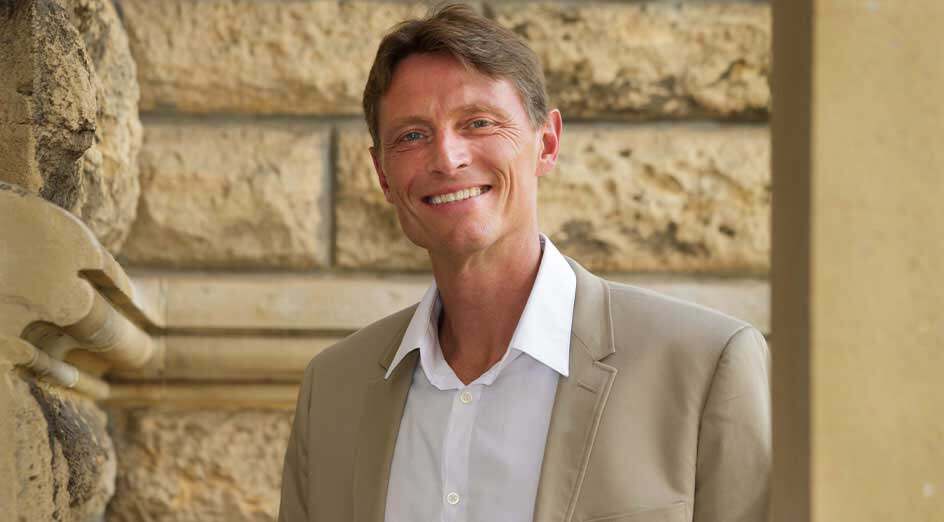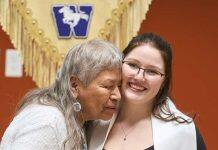A national taskforce has been set up to address uncontrolled high blood pressure – a dangerous problem facing one in three Australian adults and the leading risk factor for the country’s three top killers: coronary heart disease, stroke and dementia.
Over time this silent killer, also known as hypertension, damages people’s heart, blood vessels and every part of their body.
However, only half of the people with high blood pressure know they have it and of those only 32% have it under control.
The National Hypertension Taskforce, which was launched this week by the Honourable Mark Butler MP, Minister for Health and Aged Care, is co-led by Professor Markus Schlaich, the Dobney Chair in Clinical Research at The University of Western Australia and Professor Alta Schutte from the Faculty of Medicine and Health at The University of New South Wales.
It was established to address the problem as an outcome of extensive international and local consultation by the Australian Cardiovascular Alliance.


The taskforce has membership across the health spectrum including peak bodies, professional societies, clinicians, researchers and consumers with lived experience.
“Successful cross-sector engagement is the major strength of this Taskforce,” Professor Schlaich said.
“The focus on management of high blood pressure in the community must include general practitioners, pharmacists, remote health care workers, nurses and allied health.
“When we come together like this, we can achieve far more than we ever would as individuals. This Taskforce will have real impacts on patients’ lives especially those people who wouldn’t usually be considered at risk of having high blood pressure,” he said.
Professor Schutte said high blood pressure control in Australia had fallen well behind other countries.
“But we can do something to stop this. High blood pressure is a modifiable risk factor which can be controlled to prevent adverse consequences,” Professor Schutte said.
The Australian Cardiovascular Alliance and Hypertension Australia (formerly the High Blood Pressure Research Council of Australia) established the Taskforce with the goal of doubling Australia’s rates of controlled blood pressure to 70% by 2030.
“If all Australians currently living with high blood pressure were properly treated, we could save as many as 83,000 lives,” Professor Schutte said.
“Improving these rates in Australia is not only critical but possible. We can and have to do better if we want to save lives.”
Kayee Tang is young and fit but was diagnosed with high blood pressure.
He’d only got it checked because it was a visa application requirement.
“I remember they had to bring a secondary blood pressure machine in because they couldn’t believe the result they were seeing,” says Mr Tang.
“I was taken in the back of an ambulance to hospital and put on beta blockers for a period of four months, just to regulate my blood pressure.”
Like most people, he didn’t know much about his blood pressure.
“It really shook me, that something I was unaware of could have led to a stroke, heart attack or heart disease.”
After many years on medication, it was his involvement in a high blood pressure study which pointed to problems with his adrenal glands.
He has since had surgery and is off blood pressure medication.
He applauded the formation of the Taskforce.
“A lot of people probably assume they’re OK because of their age, physical wellbeing and family history. It’s so important for people to get checked and really understand what their numbers mean and that high blood pressure is a risk factor for so many medical issues,” Mr Tang said.
Australian Cardiovascular Alliance president Professor Gemma Figtree said there were many unanswered questions with cardiovascular disease.
“However, high blood pressure is a clear risk factor that we can actively do something about. Our vision is about uniting the sector to address the biggest areas of unmet need and hypertension is clearly one of them,” Professor Figtree said.
“This collaboration is such a huge achievement. There’s a chance to make a real difference to the health outcomes of ordinary Australians when we come together like this and we are so thrilled to be a part of that.”








































